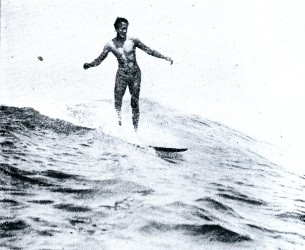 |
surfresearch.com.au
byron : childe harold,
1911
|
Lord Byron : Childe Harold, 1911.
Byron, Lord: Childe Harold's Pilgrimage.
Extract from
The Mid-Pacific Magazine
Published by Alexander Hume Ford, Honolulu, Territory of Hawaii,
Volume 2, Number 2, August,1911, front piece.

